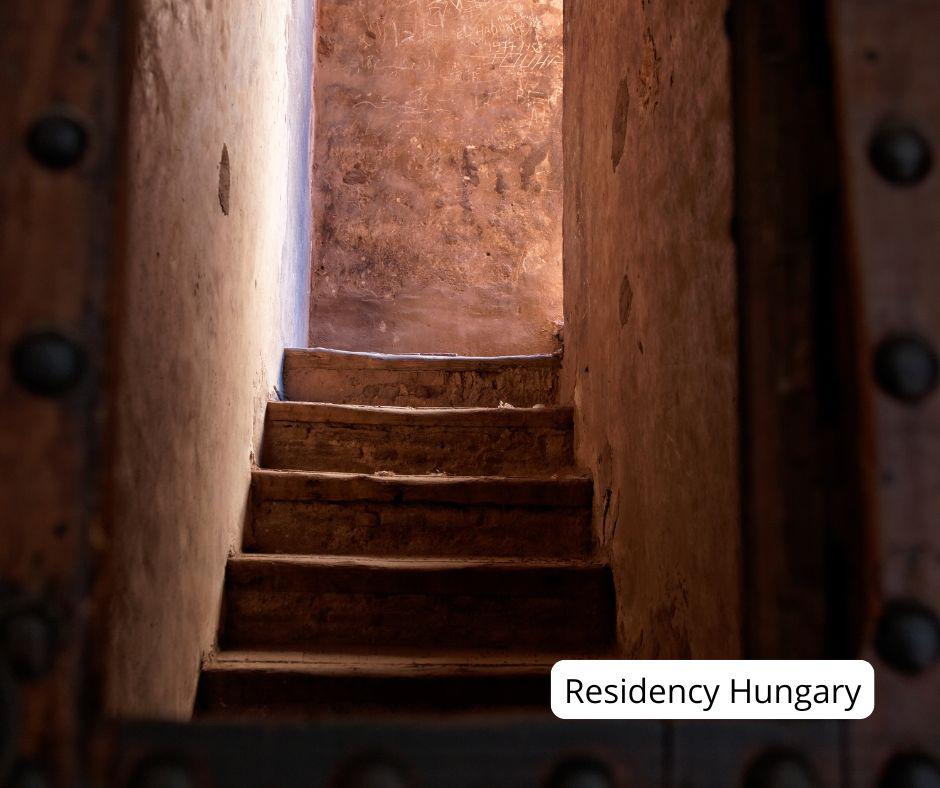If you're curious about Hungary's first secret museum, take a stroll down to our basement. Here, you can learn not only about the history of the building designed by Mika Tivadar but also about the intriguing past of the properties within a 140-meter radius of the exhibition space. These buildings have been visited by notable figures, including British King Edward VII, German statesman Bismarck, Serbian King Milan I, and Philippe, Duke of Orléans.
Hidden behind the cocktail bar, a set of cellar stairs reveals a space that once housed a copper workshop and served as a refuge from the Nazis during World War II. This secret museum not only unveils the history of the building, originally constructed by Mika Tivadar and now functioning as a hotel, but also provides insights into the intriguing past of the houses located within a 140-meter radius of the exhibition space. Visitors can explore the legacy of Europe’s most famous nightclub, the Blue Cat, and learn about the connection between Sylvester Stallone and Arnold Schwarzenegger and a house on Kazinczy Street.
The hotel management initially intended to create a conference room in the basement. However, due to financial constraints, they ultimately decided to set up a chamber exhibition focused on everyday life in the house and the surrounding area during the 20th century. As a result, Mika Tivadar's secret exhibition will open in the fall of 2024.
In Search of Mika Tivadar and the Legacy of Kazinczy Street
A two-person curatorial team, led by Richárd Batuska, took on the task of organizing an exhibition aimed at creating a fitting tribute to the hotel’s namesake, Mika Tivadar, while also showcasing the legacy of Kazinczy Street to the hotel’s guests. Richárd, although new to cultural organization, enthusiastically embraced the opportunity.
The stairs leading to the hotel’s basement lead to a warmly designed, well-lit exhibition space of a friendly size. It is worthwhile to first examine the map detailing the Budapest ghetto area, whose boundaries were established by a decree from the Ministry of the Interior during World War II. The numbers on the map indicate the buildings whose histories and inhabitants can be explored further in the museum.


